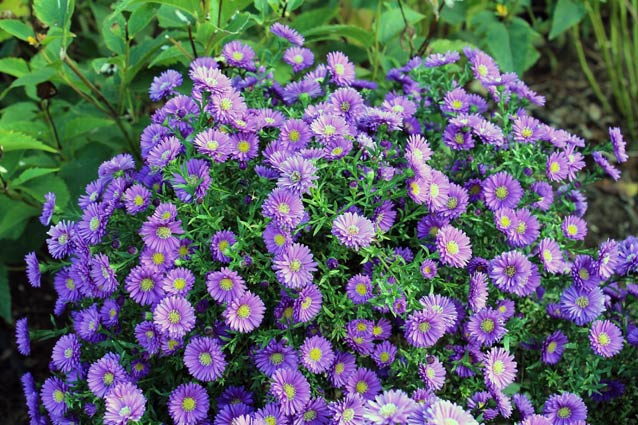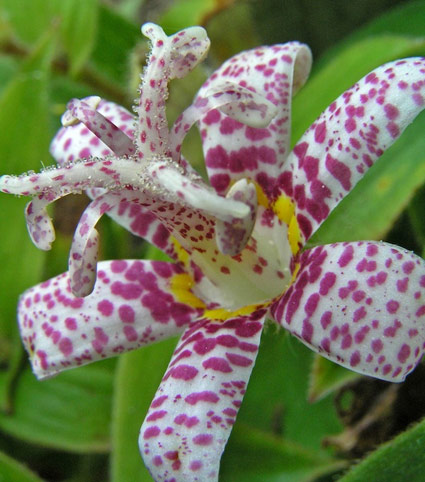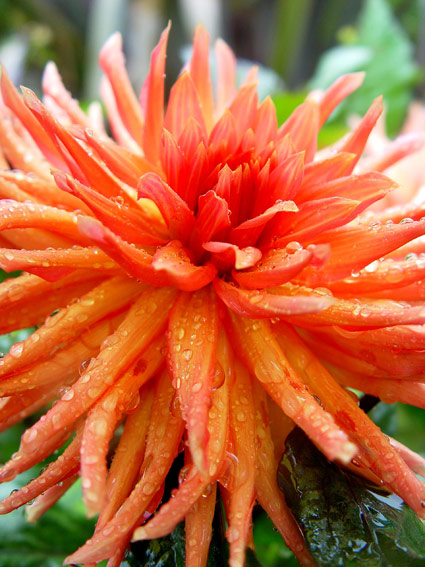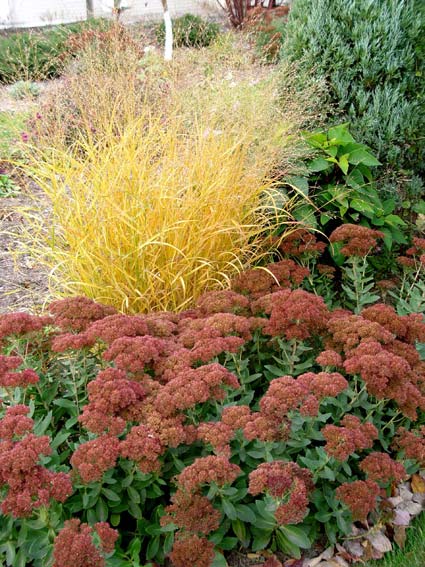Why Fall Really is a Good Time to Plant
The cooler temps and damper conditions mean fall is a great time to plant. Here are tips for plant shopping this time of year.
Mum’s not the only plant when it comes to fall flowers for the garden. A lesser-known lineup of perennials waits until after Labor Day to strut its stuff too, giving gardeners more choices other than classic chrysanthemums. Most are readily available at garden centers, but not always displayed as prominently as bodacious mums. Expand your plant palette and see if you like any of these:
The daisy-like or pom-pom flowers of asters generally bloom purple to blue-purple, although they also come in pink and white. All species of Symphyotrichum are U.S. natives (true Aster species are mostly Eurasian) and make excellent late-season food sources for birds and pollinators. The New York, New Jersey, calico, heath, smooth, and wood species of this large genus are especially favored.
Asters do best in full sun. Most grow 2' to 4' feet tall, although you'll find smaller selections, including 'Woods Purple' (16” tall) and 'Sapphire' or Magic Purple™ (14” tall). All are winter-hardy in Zones 4-8.

© George Weigel
This underused early fall-blooming perennial is native to Japan. It produces small, orchid-like flowers with creamy-white petals irregularly spotted with lavender. It flourishes in moist soil in shade to part-shade settings, where it combines well with ferns, astilbes, and coralbells (Heuchera). Plants grow 1' to 2' tall; hardy to Zones 4-8. A side benefit: deer don't like them.

© George Weigel
Goldenrod gets a bad rap because many people know it as “that big yellow-flowering weed along the road that makes you sneeze.” In fact, inconspicuous ragweed is usually the hay-fever culprit, blooming at the same time with abundant pollen dispersed by wind; goldenrod pollen is heavy and sticky, distributed by animals.
Goldenrods are native to the U.S. with yellow or golden flowers. While some species are overly rampant for home gardens, selections such as 'Golden Fleece,' 'Baby Gold', and Little Lemon® (all under 2' tall) were bred for smaller spaces. They are well-behaved, compact, bloom heavily, and attract pollinators. Goldenrods do best in full sun and tolerate wet or dry soil. Zones 4-9.

© George Weigel
This Mexican genus trumps even mums for sheer brash showiness. Its blooms come in many of the same colors and flower shapes as mums -pompons, daisies, anemone-centered, and balls, even some that produce single or double flowers as wide as dinner plates. They put on a head-turning late-season show in practically all colors (no true blue); bloom time is spread over many weeks.
Dahlias grow from food-storing tubers similar to potatoes. In Zone 7 and colder, tubers aren't winter-hardy in the ground and must be dug and overwintered in a frost-free place after the first frost. Dahlias thrive in full sun and make excellent cut flowers. Stake taller sorts. 1'-5' tall; Zones 8-11.

© George Weigel
Sedum 'Autumn Joy' is one of America’s top-selling perennials. It sports pinkish broccoli-like clusters of flowers, which turn rust color as fall temperatures drop. Some lesser-known cousins are good choices as well. These include the more compact cultivars 'Neon' (18") and 'Brilliant' (24"), along with hybrid 'Matrona' (2'-3') that has fleshy and glossy, dark-burgundy leaves.
Blooming from late summer into fall, these sedums tolerate drought, poor soil, and heat well, and are seldom bothered by pests or diseases. Although not native to the U.S., bees and butterflies flock to the flowers. Hardy in Zones 3-9.

© George Weigel